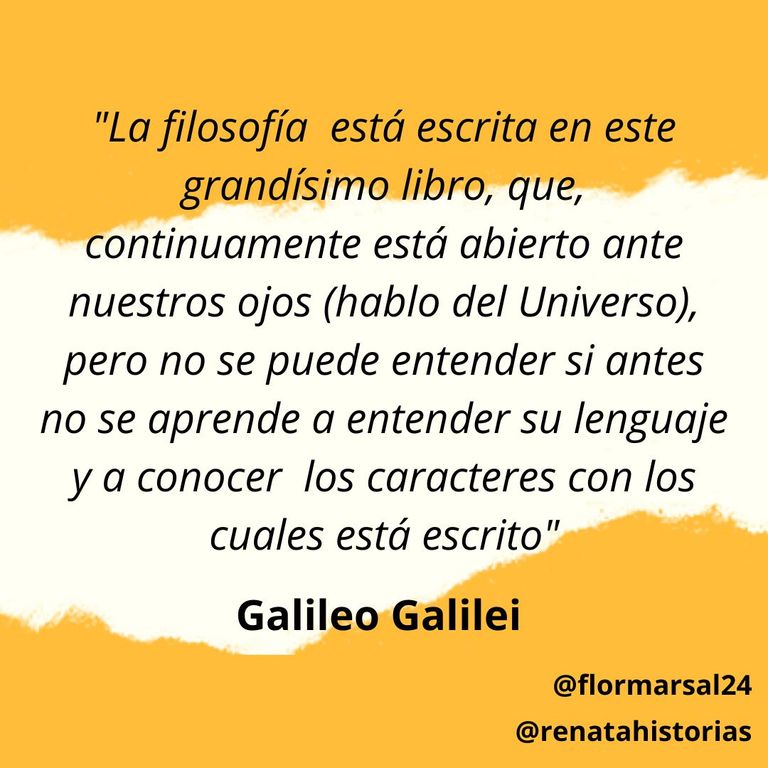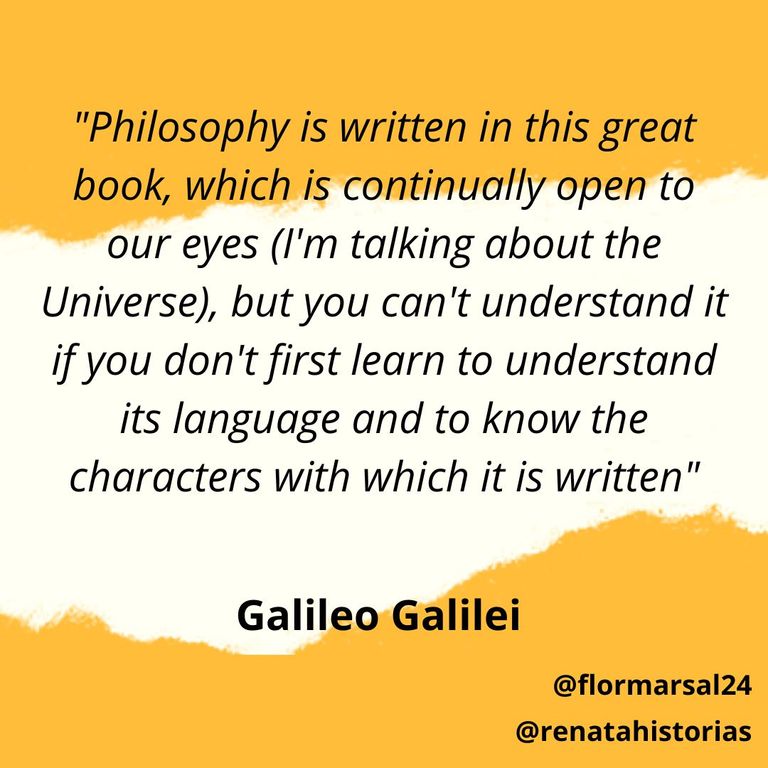
La imagen fue creada con Canva por el autor.
Título: Observador visionario, fundador de una nueva era y precursor de la ciencia moderna: Galileo Galilei. (II Parte: Sus grandes logros y descubrimientos.) Por Florencia Renata.
Años y años de continuos e incansables trabajos permitieron a Galileo descubrir las leyes de la caída de los cuerpos y las leyes del péndulo, inventar el telescopio; descubrir las manchas solares, la rotación del Sol, la composición de las fuerzas que rigen el movimiento en el plano inclinado, y muchas otras experiencias que marcaron la dirección que tomó el método científico moderno.
Entre sus desarrollos más destacados se encuentra el telescopio. Galileo había escuchado la descripción de este instrumento recién inventado, y decidió crear uno propio. Tras muchos experimentos logró construir uno de extraordinaria capacidad, para su tiempo. Dicho telescopio era capaz de ampliar las imágenes que observaba a 32 diámetro, mismo que después comercializó.
Si bien Galileo estaba convencido de la veracidad de la teoría de Copérnico, que estableció que es la Tierra la que gira alrededor del Sol y no éste en torno a ella; el 7 de enero de 1610 observó que los satélites de Júpiter giraban en torno del planeta, contó con la prueba de que la teoría anteriormente expuesta por Copérnico era correcta.
También descubrió que la Luna no era un cuerpo luminoso en sí mismo, sino que su luz era producto del reflejo de la luz solar a través de ella, del mismo modo observó cráteres y otras irregularidades en la superficie lunar. A través de su telescopio, estudió las fases cambiantes de Venus, logró descomponer la cinta de la Vía Láctea en innumerables estrellas, y el resplandeciente disco solar mostró manchas oscuras y movibles. Estas observaciones lo indujeron a pensar que el Sol giraba sobre su eje.
El senado veneciano le concedió un elevado sueldo por sus descubrimientos, y fue nombrado matemático de su profesor Cosimo, el gran duque de Toscana, por su invitación Galileo se trasladó a Florencia y se estableció como matemático y filósofo en la corte.
Continuará...

The image was created with Canva by the author.
Title: Visionary observer, founder of a new era and forerunner of Moderna: Galileo Galilei. (Part II: His great achievements and discoveries.) By Florencia
Years and years of continuous and tireless work allowed Galileo to discover the laws of the fall of bodies and the laws of the pendulum, to invent the telescope; to discover sunspots, the rotation of the Sun, the composition of the forces governing the movement in the inclined plane, and many other experiences that marked the direction that the Moderna scientific method took.
Among its most outstanding developments is the telescope. Galileo had heard the description of this newly invented instrument, and decided to create his own. After many experiments he managed to build one of extraordinary capacity, for his time. This telescope was capable of enlarging the images it observed to 32 meters, which it later marketed.
Although Galileo was convinced of the veracity of Copernicus' theory, which established that it is the Earth that revolves around the Sun and not the Sun around it, on January 7, 1610 he observed that Jupiter's satellites revolved around the planet, he had proof that the theory previously exposed by Copernicus was correct.
He also discovered that the Moon was not a luminous body in itself, but that its light was a product of the reflection of sunlight through it, in the same way he observed craters and other irregularities on the lunar surface. Through his telescope, he studied the changing phases of Venus, managed to decompose the Milky Way ribbon into countless stars, and the glowing solar disk showed dark, moving spots. These observations led him to think that the Sun rotated on its axis.
The Venetian senate granted him a high salary for his discoveries, and he was appointed mathematician by his professor Cosimo, the grand Duke of Tuscany, at his invitation Galileo moved to Florence and established himself as a mathematician and philosopher at court.
To be continue
Nota: La presente entrada fue publicada anteriormente en mi blog de Hive.